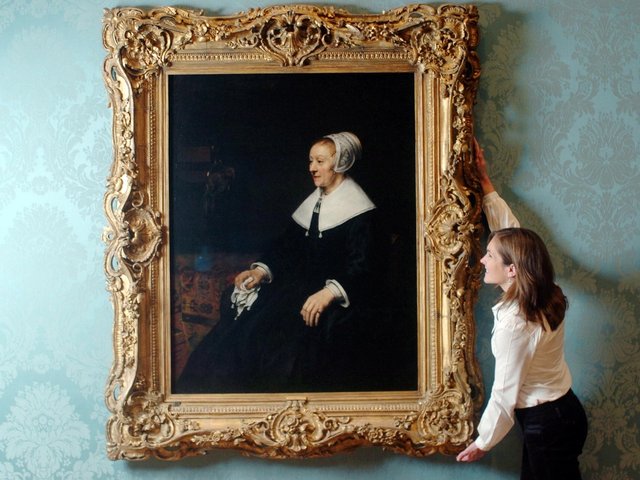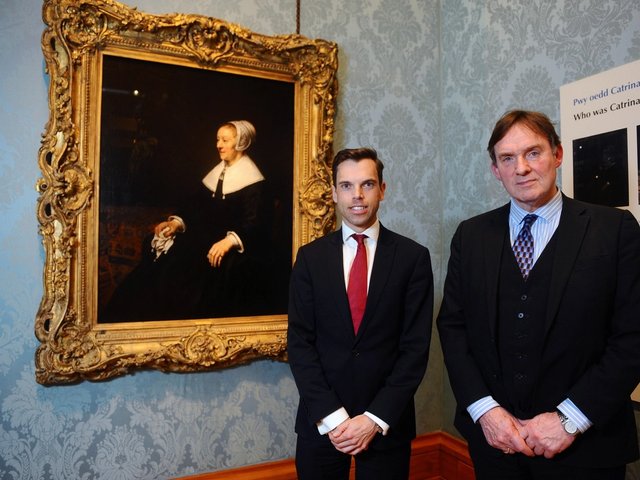A plan to permanently secure a £35m painting by Rembrandt for the UK has been thwarted. The Portrait of Catrina Hooghsaet (1657), which has hung in Penrhyn Castle in north Wales for 150 years, will remain in the UK under the ownership of an overseas buyer, who this week withdrew their export licence application.
The Art Fund had quietly started a campaign to try to buy the Rembrandt and present it to a major public collection, probably the National Museum Wales in Cardiff. A public fundraising campaign was due to be launched on Monday, 26 October, but this has now been cancelled.
In a statement released on Friday, 23 October—two hours after it received a telephone call from Sotheby’s, which arranged the private sale, to say that the export licence application was being withdrawn—the Art Fund voiced its outrage against what it regards as an abuse of the system. It says it “believes that the future of the painting remains perilously unsafe” and it is “deeply concerned by this turn of events, and will leave no stone unturned in our efforts to ensure that the public interest is better served”.
The foreign buyer may be considering lending the Rembrandt to a public collection, The Art Newspaper understands. But such a loan might be a relatively short-term solution, since it would probably be for under a decade.
Last week, the culture department had deferred the licence application to allow a UK buyer to match the price by 15 February. This could have been extended to 15 October 2016 if there was a serious attempt to raise the money.
Because of the tax advantages of a sale for a public collection, the Art Fund would have needed to raise £22.5m and a spokeswoman said that “significant funds from charitable sources” had already been secured. An application would also have been made to the Heritage Lottery Fund (or its linked National Heritage Memorial Fund) and the Art Fund would have contributed a significant amount itself. Despite the discount, it would have been the Art Fund’s largest-ever fundraising campaign.
The identity of the foreign buyer remains a mystery, although there is speculation that it might be someone based in the Gulf. There have been several cases in recent years when Gulf buyers withdrew export licence applications for works of art when UK public collections tried to match the price.




